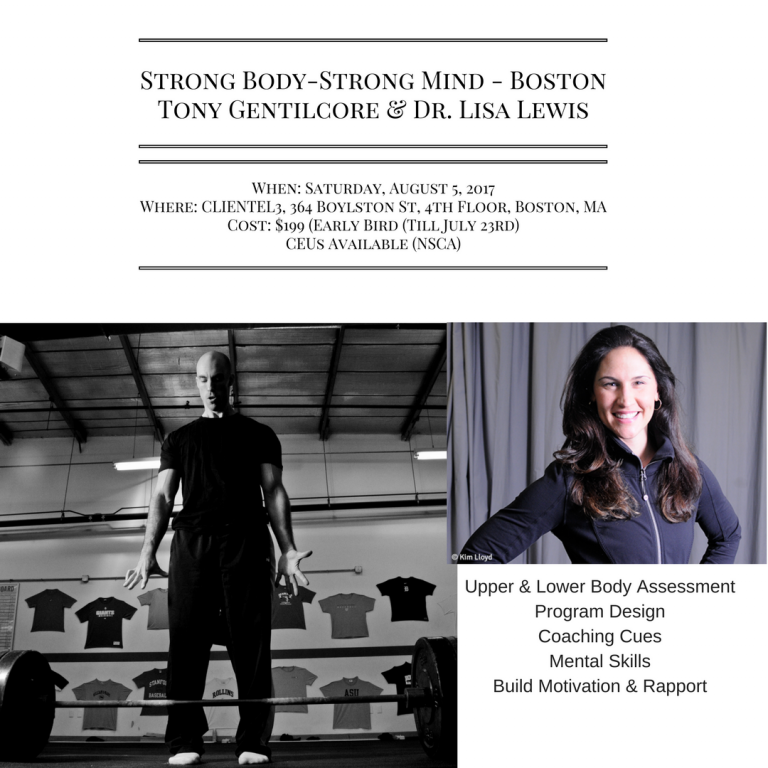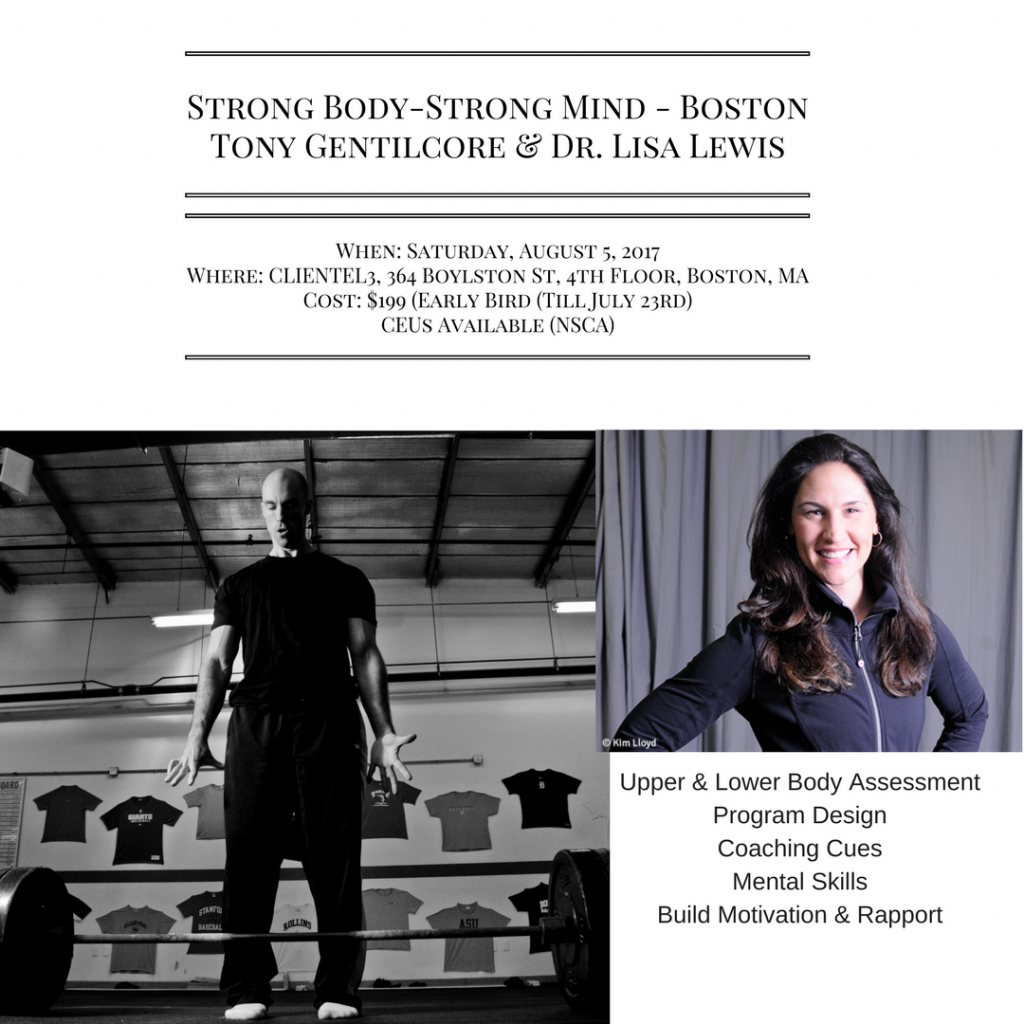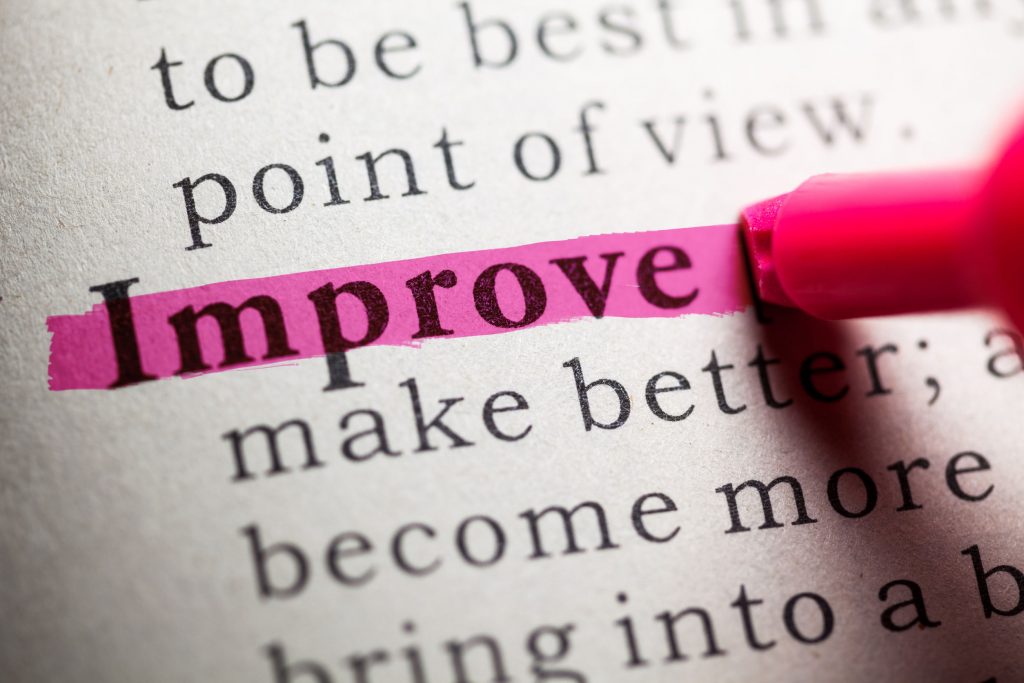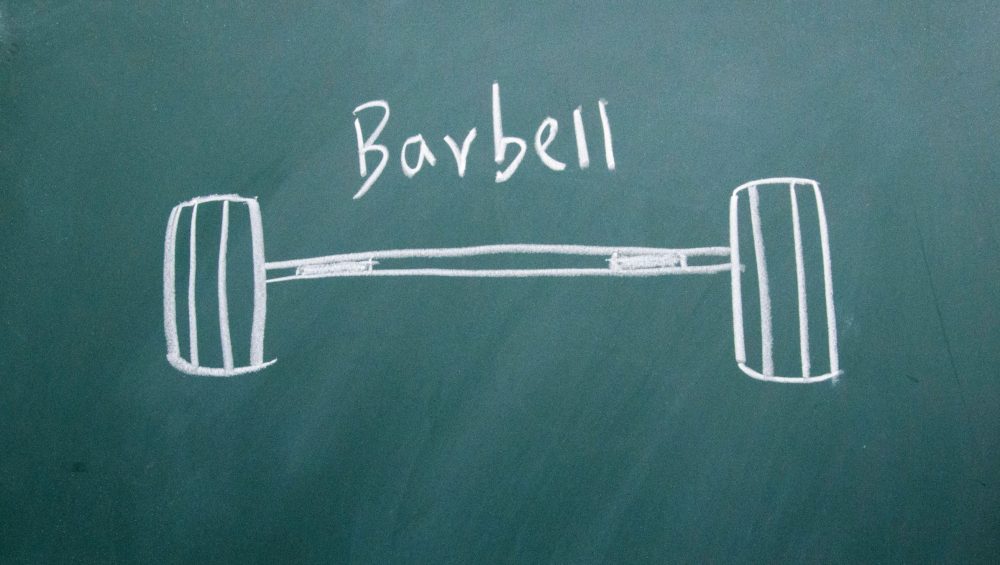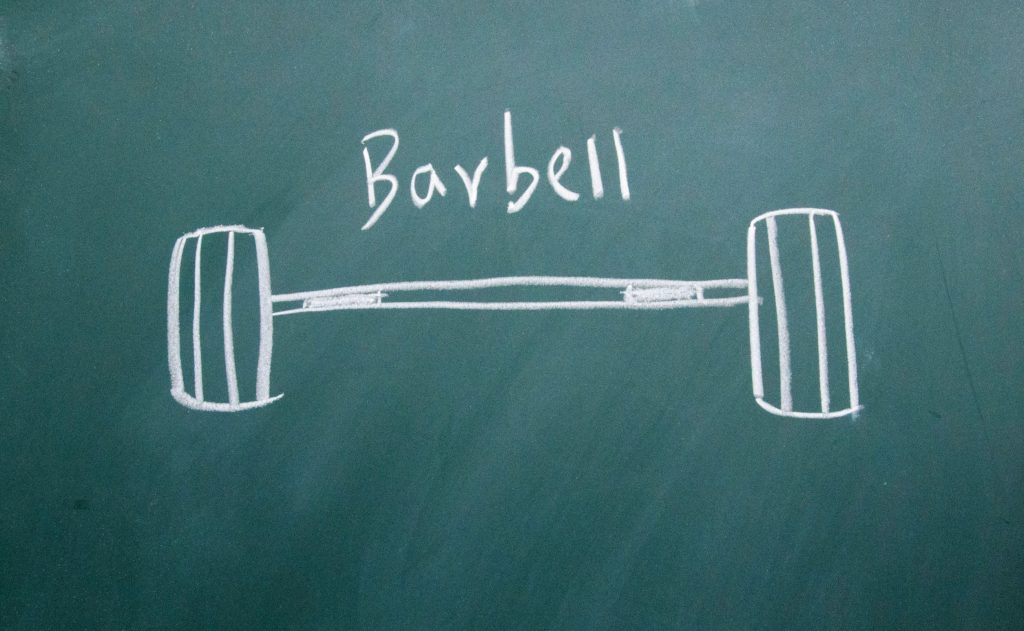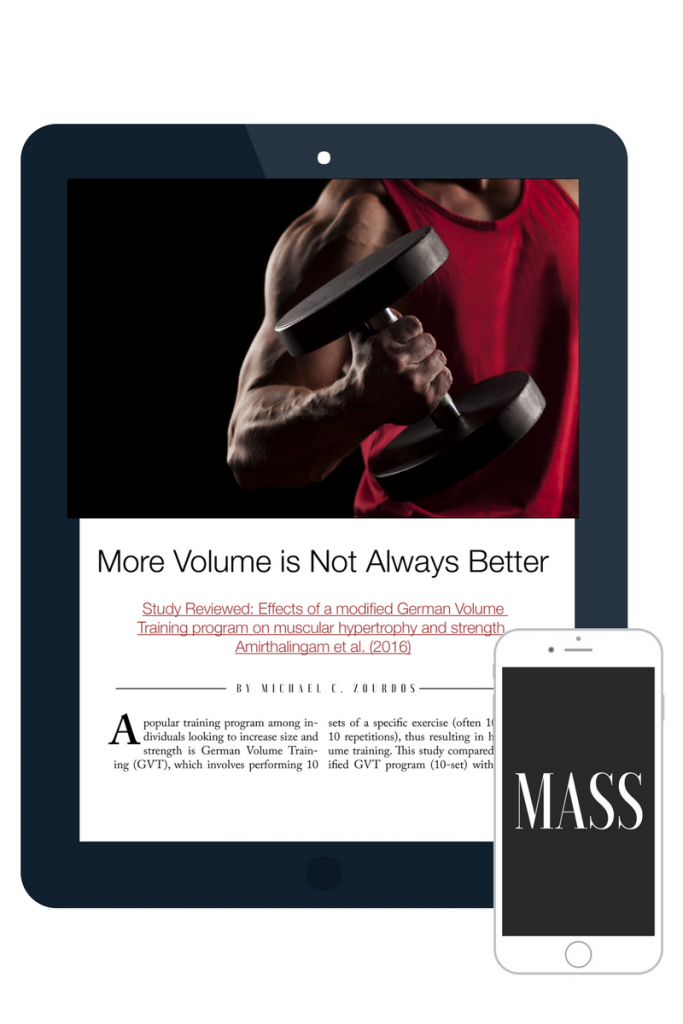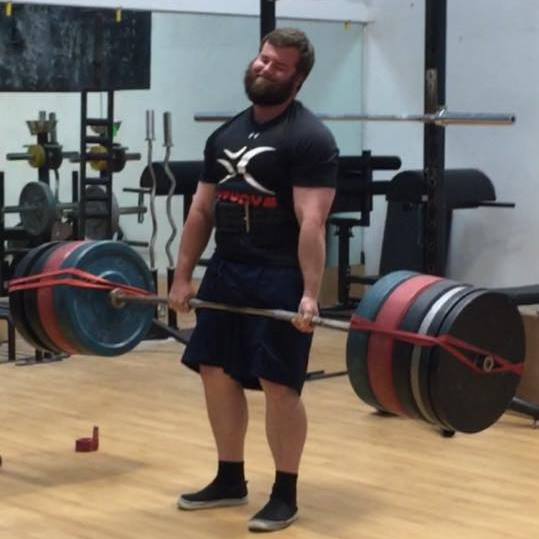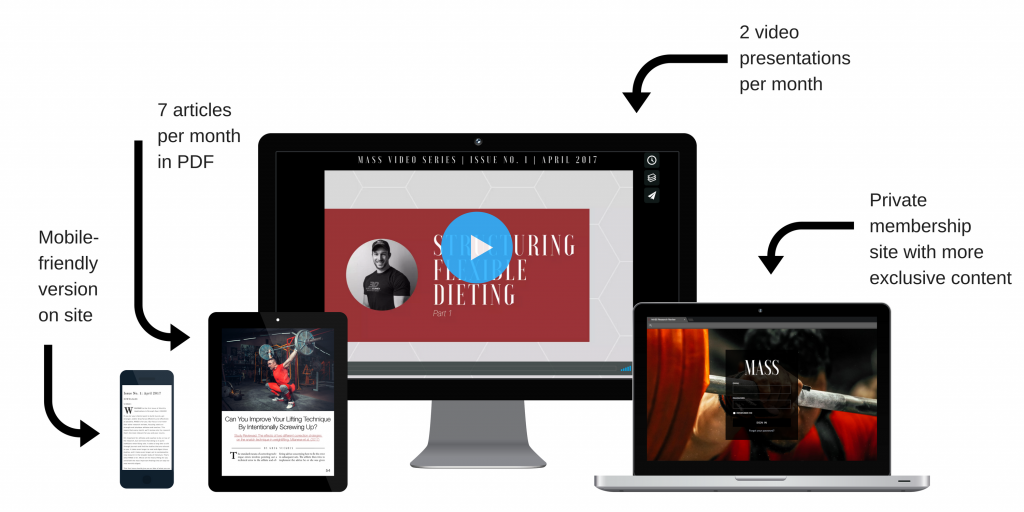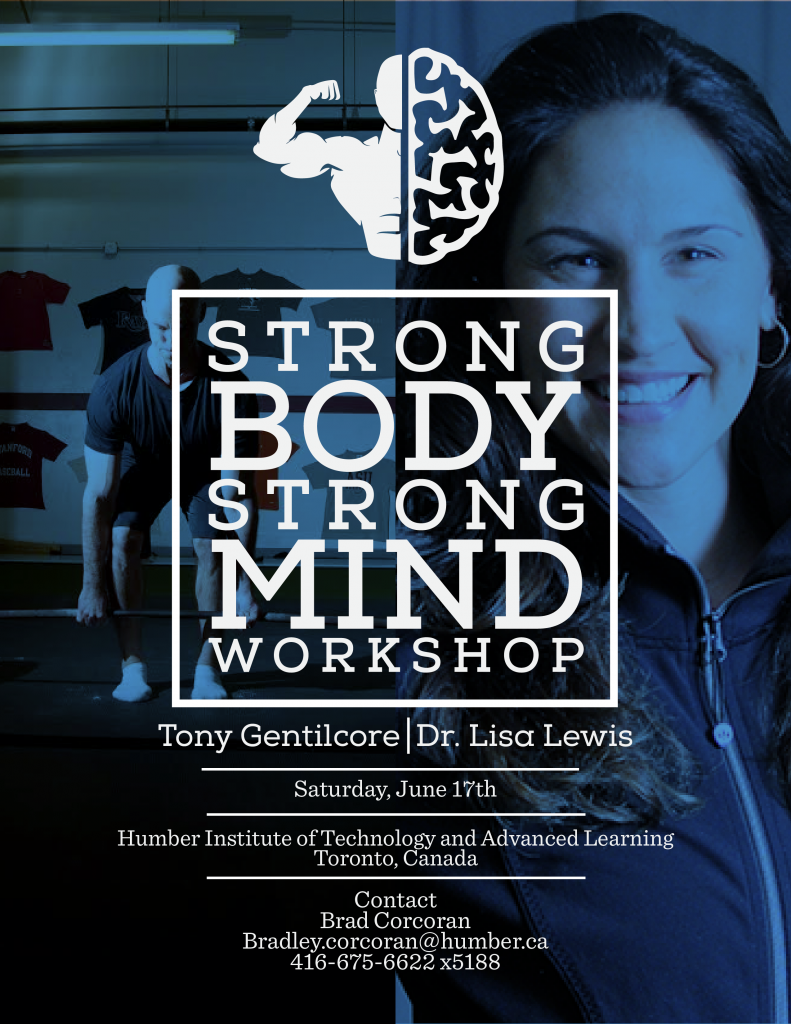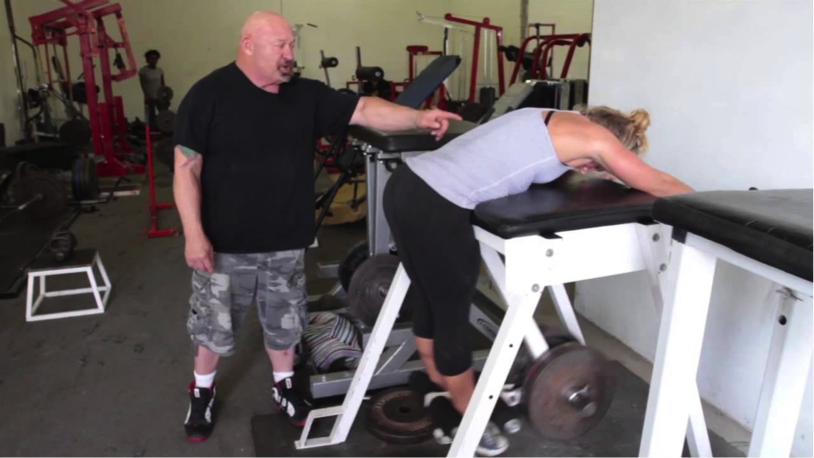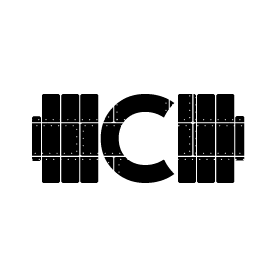I have a special treat for you today. Jon Goodman, the Godfather of online training, emailed me to ask if he could write a guest post for the site. I was like, “does Dolly Parton sleep on her back? Of course you can.”
Jon knows online training and he’s painstakingly built one of the best online training resources in existence that’ll help anyone build a successful business: the Online Trainer Academy. Enrollment is sparse and only happens twice a year. Tomorrow (3/2) is the LAST day to jump on the train for the foreseeable future. Hell, I’m on the train – come join me in the caboose for a good time.
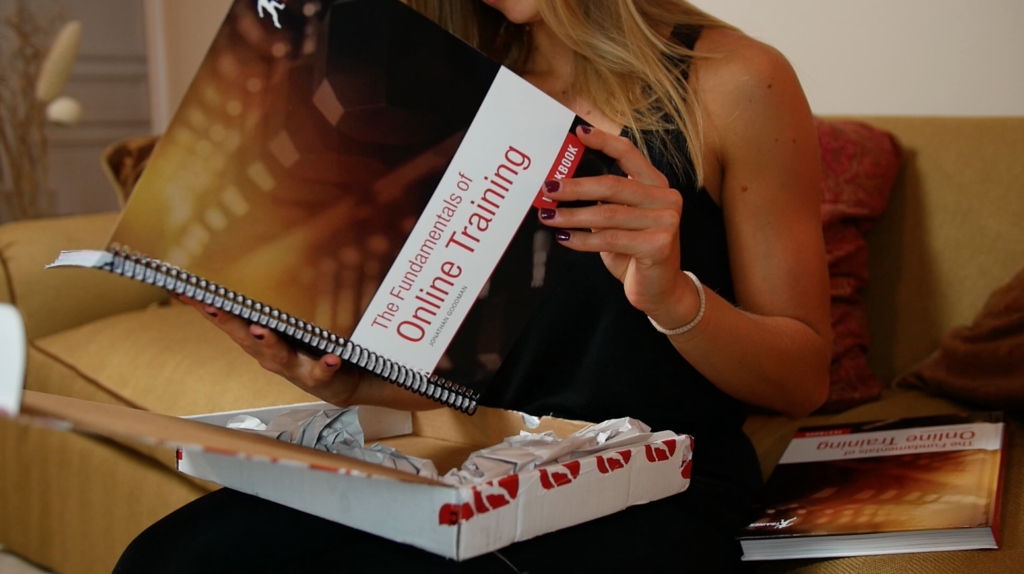
Why an Online Training Business Might Be Right For You
ONE DAY I GOT SICK, and I didn’t get paid.
I wanted to see the World, but I knew that if I did, I wouldn’t have a job when I got back.
Soon after turning 26 I decided, much to my surprise, that babies weren’t weird and gross and that maybe one day I’d like to have a few. If I did want a family at some point, I knew that something would have to drastically change.
It became apparent that I had to figure out how to build a business in the fitness industry that works for me even when I’m not around and that I control.
Conventional personal training doesn’t lend itself well to a balanced life. When I was in my early twenties I wanted to train 10-14 clients a day. I made a lot of money — much more than my friends at the time — but the hours were arduous.
By 24 I’d reached my income ceiling.
- I was charging $97/hr and booked 40hrs/wk. If a client cancelled I’d have another on call with as little as 45 minutes notice.
- I received a small salary as the senior trainer in charge of the hiring, training, and development of the rest of the team.
- I received commissions for referring new trainers to the club in addition to referring my overload of clientele to other trainers.
Things were good for a while, but then I got that itch.
I wanted to see the World and I desired to meet a girl (smart, kind, and with legs that scream, “I squat, bro”). With my schedule that just wasn’t going to happen.
Something needed to change. I love the fitness industry and I loved my clients but conventional wouldn’t work. Conventional training in a gym doesn’t work.
Early Mornings, Late Nights, and a Lack of Control
You must avoid spending your life in a reactive state.
Reacting to things like your clients schedules, your gym’s rules, and the economy.
It might seem like you’re busy and I get it, there are only so many hours in the day, right?
Well the CEO of a Fortune 500 company has the same number of hours in a day as you. The difference is that he or she has better systems for making the most out of those hours. With these systems the business works for the CEO, not the opposite.
Most good trainers hit a wall. You can’t possibly work anymore. Look, I get it; I’ve been there.

My wife and I a month ago in Thailand where we lived for two months. We had to come home because she’s now 7 months pregnant. Photo credit: Tida Cha Photography]
If you want to work smarter, not harder, in fewer hours, while still providing your clients with an exceptional service there used to be 2 or 3 potential solutions:
1. You Could Start Your Own Gym.
The dream right? For some, this is a good option. However starting a club is difficult. You’ve no idea the hidden fees. There’s a reason why your gym might appear stingy or has protocols in place that you don’t necessarily agree with. I’m not saying that you can’t do it better. But to be a businessperson is a completely different skillset than being a trainer.
Note from TG: HERE’s a post explaining why this exact “thing.” Why it’s a BIG mistake to think the holy mecca is gym ownership. It’s not.
2. You Could Rise Within the Ranks of Your Club Into Management.
The Peter Principle states that, “in a hierarchy every employee tends to rise to their level of incompetence”.It goes on to state that, “employees only stop being promoted once they can no longer perform effectively”.
Similar to starting a gym, becoming a manager sounds good at first (the power, the ego-drive, etc.) but approach the position with caution. Managing other people is an incredibly difficult job and an entirely different skill set than training and managing a client load.
3. Multi-Level Marketing or Similar.
I’ll take a passage from one of my books, Ignite the Fire, here: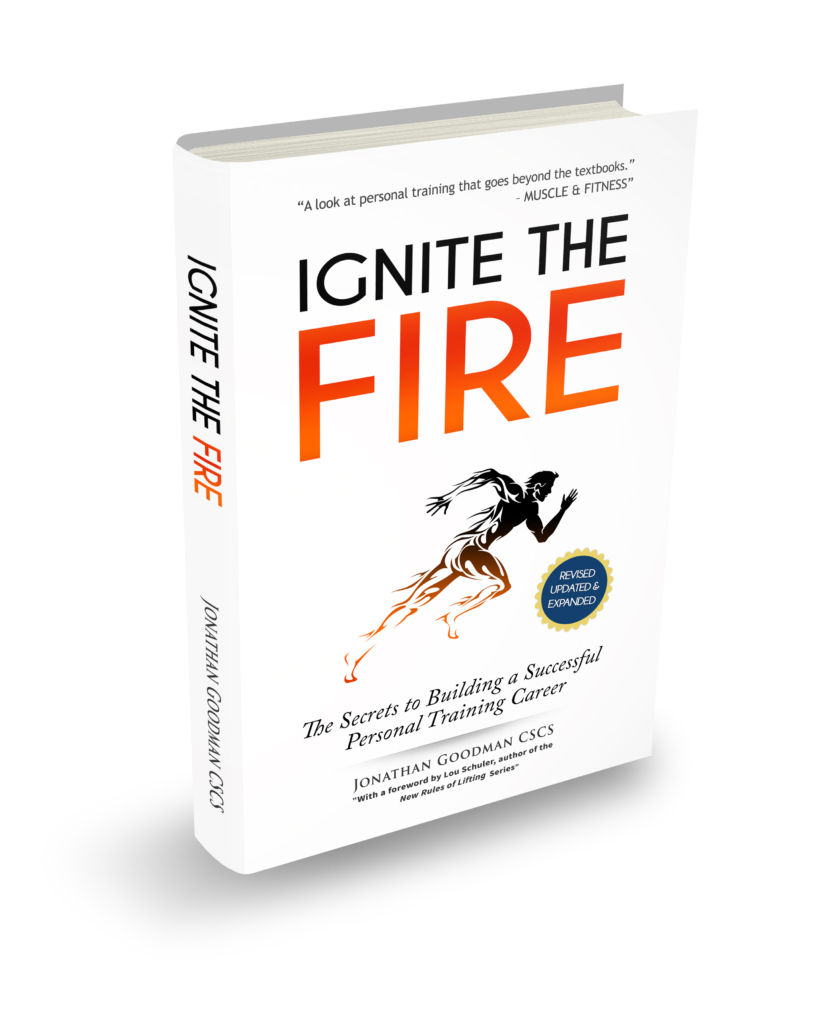
“The idea is attractive but very few are actually successful. You’re often forced to purchase the product yourself and it can be costly. Most people don’t have the requisite hustle, network, or marketing acumen to make a legitimate go of it. Not only that, the supplements are almost always poor-quality.
Read the ingredients carefully and look for independent third-party studies. Even if the supplement is of good quality, I’ve found that multi-level marketing companies sell supplements that are overpriced. It makes sense, and in fact providing such an attractive commission structure requires it. Finally, you’ll feel pressure to involve your close family and friends and this is not a position that I’d want my worst enemy to be in.”
In order to be successful and live a long, prosperous life as a trainer you must become proactive, and in order to do that, you must innovate. You need a new model.
The New Model i.e. The Best Solution That I’ve Found:
Imagine if there was a solution to every problem that is stopping you from turning your job into a prosperous and fulfilling career with ample freedom.
Imagine being in complete control of your schedule, to be able to charge less, make more, and offer just as good (or an even better) service.
Well it exists. But before I discuss it, I want to say something.
I’m not married to any idea. I’m about to discuss why online training or meshed online / in-person training is the best solution. When done right, it’s the solution that you might be looking for.
I came into this search for a solution with an open mind looking for whatever worked best and online training hit all-important points. What followed was 2.5 years of developing, testing, tweaking, and more testing of the best systems for delivering an exceptional online training service.
Since 2013 I’ve been teaching trainers how to either supplement their in-person training with online training or train clients online full-time. The Online Trainer Academy is the most current evolution of this process. Complete with a textbook, workbook, digital portal, and all scripts, worksheets, templates, and anything else that you’ll need, the Academy is the world’s first certification in online training that doubles as a business development course.
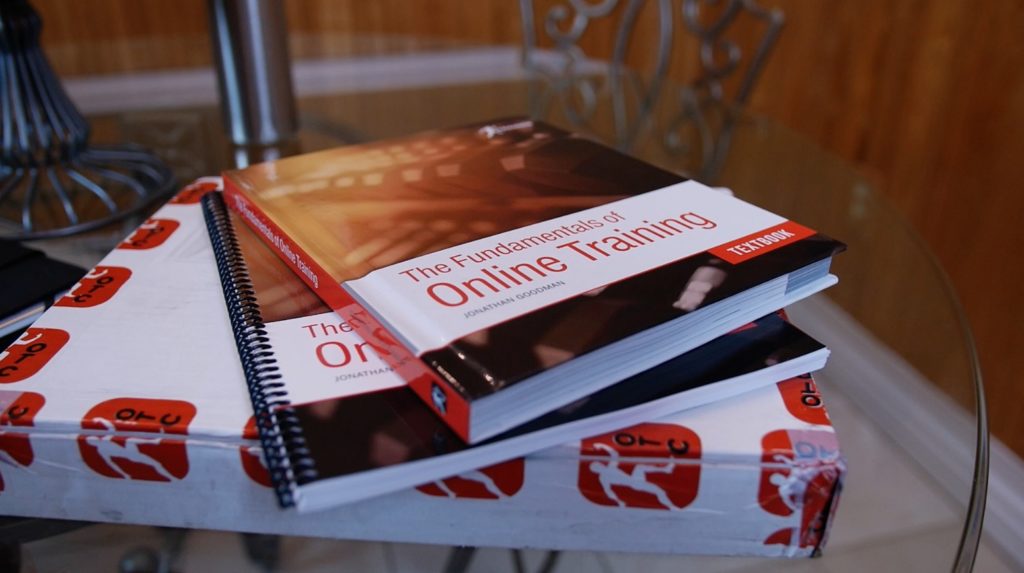
The physical Online Trainer Academy materials. Not pictured here are all digital materials.
Imagine creating a reliable and consistent source of income — one that you can depend on month-to-month. Or, if you’re a gym owner, imagine being able to attract and keep trainers by offering something different in addition to adding another reliable monthly income stream to your bottom line.
Online training is still relatively new and, like all new things that have tremendous potential, some have already jumped on the bandwagon without much thought.
Whether or not you enroll in the Academy, I want to help you get started with online training. Here’s the 3 biggest mistakes unprepared, yet well intentioned, trainers make when making the transition.
3 Biggest Mistakes (well-intentioned) Trainers Make When Starting or Growing an Online Training Biz-ness
3 is actually the perfect number.
They are: 1) bad support systems 2) offering too much and 3) taking on the wrong type of clients.
I’ll go into detail on each below. Before I do that, let me say that building an efficient and effective online training business is akin to what we teach our clients: build a strong base and grow from there. Don’t slap on extras before you’ve got your foundation.
Right, here’s a bit more on each of the 3 mistakes and what to do to avoid them:
1) Bad Support Systems
Email will drive you crazy. It sounds nice to offer “unlimited email support” but that doesn’t help the client and wastes your time. It doesn’t help the client because it creates dependence and it doesn’t help you because it takes away your control and freedom – the two reasons why most add online training.
You need to establish a precedent. My suggestion is to tell your clients that they can send you one email a week. That email has to be point form. Each point is one question. And each point is no longer than 3 sentences. They can send as many points as they want. You pick one day to answer all emails – say Sunday morning.
The reasons for this tightly-controlled system are numerous, but here’s a few:
- Most people aren’t writers. Forcing point form avoids the wall of words.
- Forcing clients to create a list and send you it at once means that only the important questions get asked.
- You can block off your time. Setting aside an hour or two once a week to do all email support adds back a level of freedom and control into your life.
You can always offer additionally support if needed on an off-the-cuff basis.
2) Bad Program Offerings
In a similar vein to my point above, online trainers need to think critically about what they are going to offer as part of their training packages.
Allow me to illustrate this with an example:
The first systems I built for online trainers were given to 24 beta participants. One day I got a message saying that a trainer was worn out. He was working more and making less – not what online training is meant to do. We got on the phone. Here’s what he was offering:
- 1 hour Skype check-in call/week
- Program design
- Nutrition design
- 24/7 email support
- $199/month
Steve charged $75/hr for in-person training. When we spoke he told me that it takes 3hrs for him to design the program and nutrition. Ignoring the email support, he was offering 7hrs of his time for $199/month, or $28/hr.
https://www.youtube.com/watch?v=1ytCEuuW2_A
Because Steve didn’t think critically about his systems he was training at a loss of $329 per client each month. Just because you’re working online doesn’t mean that you’re working smarter. No wonder he was burnt out!
My advice to you is this: when deciding about your program offerings base the pricing off of how much time it will take you per month to deliver the service and go from there.
3) Taking on the Wrong Type of Clients
Maintaining a high quality service online requires more proactive and lateral thinking than training in-person does. The reason is simple: in-person you can be reactive. Online you have to anticipate problems and plan for them so that they never happen.
To do this requires an in-depth knowledge of the client you’re going to train. It means that you need to be a lot more selective of your clientele. It’s also why I don’t recommend trainers who have less than a year’s experience working in-person invest in the Online Trainer Academy.
For example: If I train a 30-35 year old working professional male with no serious injuries I can predict that he probably works at a desk. If I work further down the chain it’s likely that he will have some troubles with the bench press (shoulder impingement). Obviously there are exceptions, but bear with me.
For this client I might substitute an incline neutral grip dumbbell press for the bench press in anticipation of a problem that may arise.
It all comes down to knowing your client. High quality online training is possible but only if you take on the right type of clients for you.
My suggestion is to identify the 2-3 key client avatars that you deal with. Be specific.
Female, aged 30-40 with one client less than 6 months post-partum.
Male 40-55 was a college athlete but let things slide and has some lingering knee issues.
Whatever.
Figure out who you know best and only take them on as online clients. In-person you can take on a wider variety.
Tomorrow is the LAST Day to Enroll
Everything is laid out for you. All the tools you’ll need to help you build a legitimate online training business is here. Nothing shady, nothing nefarious. What have you got to lose?
I don’t point people in the direction of things I don’t believe in or that I don’t believe works, and I get it, some of you may be thinking……”this s*** is expensive!” And you’re right. But:
1) This will easily pay for itself (and then some x a bazillion jillion) if you put in the work.
2) You can write it off.
3) It’s gluten free.
4) Scrumptious.

